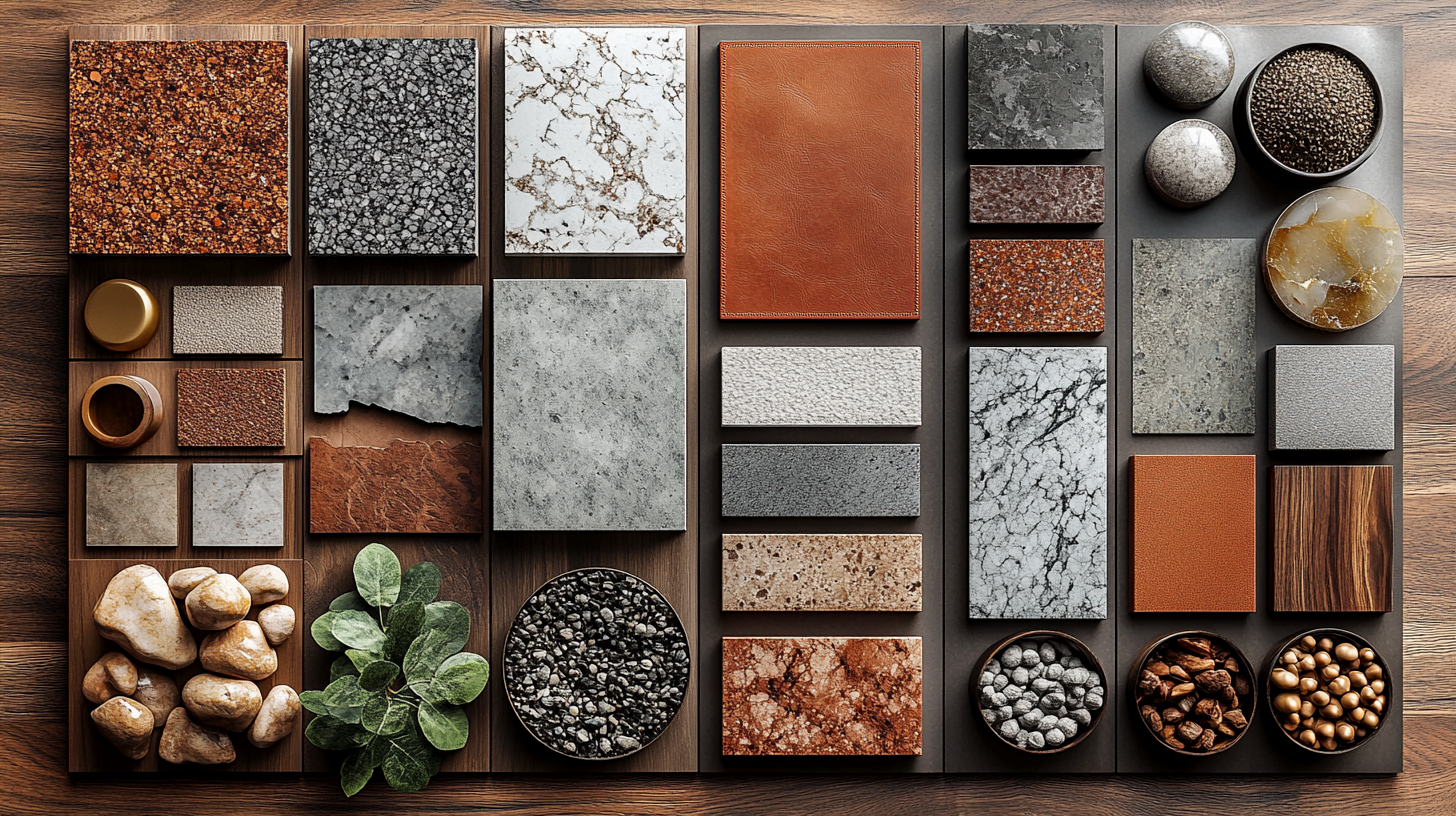
Traditionally, designing a midcentury modern home would involve an extensive process, researching historical references, sketching multiple layout options, manually curating material palettes, and creating hand-drawn or digitally rendered visualizations before finalizing a concept. While effective, this approach can be time-consuming and often limits the number of design variations that can be explored within a given time frame.
For this project, we used AI to streamline and enhance the concept development process. Instead of manually compiling references and testing different material combinations through trial and error, AI-assisted tools allowed us to:
Through this process, each space in the home, whether it was the inviting living room, elegant dining area, functional kitchen, or serene bedroom, was developed with greater efficiency, ensuring a refined and well-balanced final design.
The Role of AI in Interior Design
This project illustrates how AI can enhance the design workflow by making the concept generation stage more efficient and flexible. Instead of spending weeks refining a single concept, designers can now explore multiple ideas simultaneously, test variations in real time, and make more informed design decisions early in the process.
While AI is not a replacement for creative expertise, it is a powerful tool that can complement traditional design methods, helping designers work more efficiently, communicate ideas more clearly, and refine their concepts with greater precision.
Learn More
If you’re interested in how AI can support your design process, visit our website for insights and case studies. You can also view our latest Instagram reel, where we showcase the visual journey of this midcentury modern home, demonstrating how AI-assisted design can enhance creativity and efficiency.
By integrating AI into the workflow, designers can not only accelerate their process but also unlock new creative possibilities. Whether you’re new to AI or looking to refine your approach, now is the perfect time to explore how it can support your work.
Stay tuned for more insights and updates on our upcoming AI courses, designed to help designers integrate AI seamlessly into their creative practice.